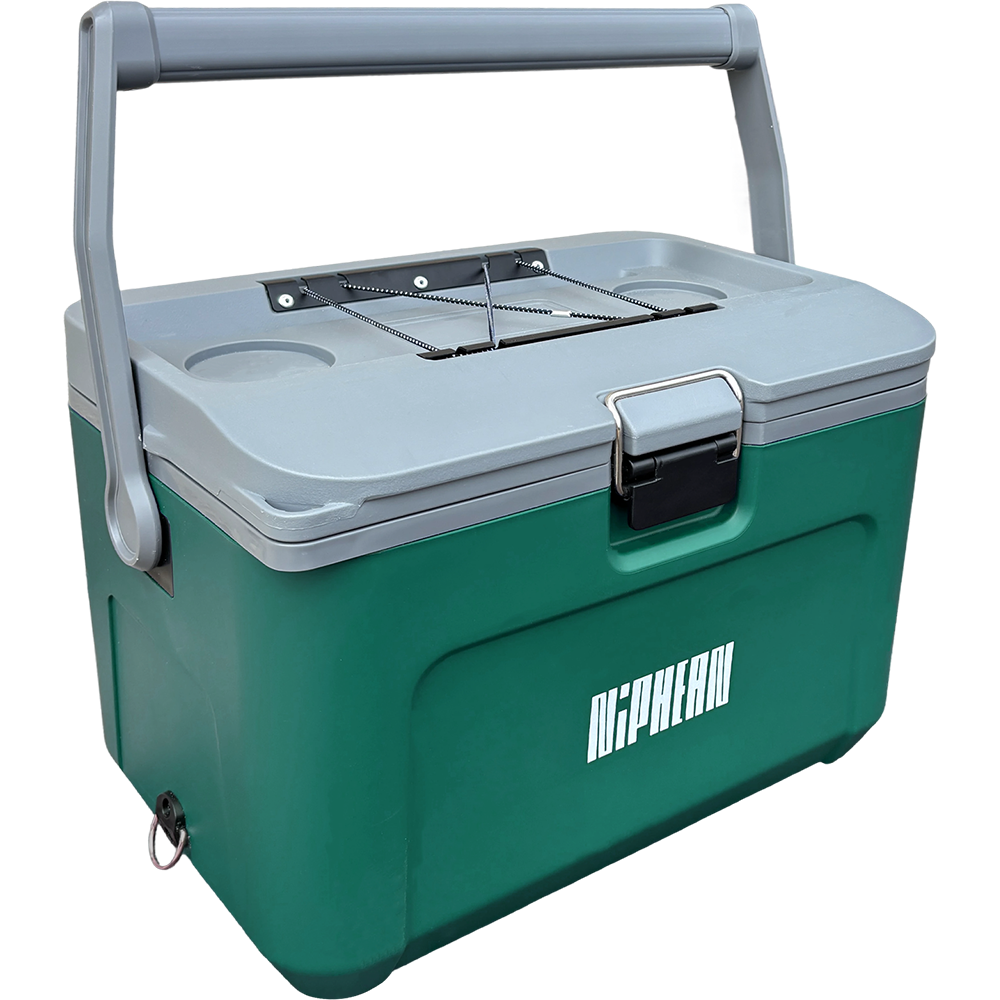- No products in the cart.
Can Paddle Boarding Help with Back Pain?
Aug 23, 2025
Back pain is one of the most common health issues among adults, often caused by sedentary lifestyles, poor posture, or repetitive strain. Many people turn to low-impact activities like yoga, swimming, or cycling to relieve discomfort. But what about paddle boarding? This increasingly popular water sport is not only enjoyable but may also offer therapeutic benefits for back health.
In this article, we’ll explore whether paddle boarding can help with back pain, the science behind it, and how to practice safely.

Why Paddle Boarding Can Benefit Your Back
1. Core Engagement
Paddle boarding requires continuous balance on an unstable surface. This engages the core muscles-abdominals, obliques, and lower back-which play a key role in supporting the spine. A stronger core can help reduce pressure on the lumbar region and improve overall posture.
2. Low-Impact Exercise
Unlike running or high-intensity workouts, paddle boarding is gentle on the joints. The smooth gliding motion minimizes strain while still strengthening key stabilizing muscles that protect the back.
3. Improved Posture and Alignment
Many cases of back pain are linked to slouching or long hours of sitting. Paddle boarding naturally encourages upright posture. Paddlers must keep their shoulders back, chest open, and spine aligned to maintain balance—habits that can carry over into daily life.
4. Stress Relief
Stress is a known contributor to muscle tension and back discomfort. Being on the water, surrounded by nature, can have a calming effect, helping to reduce tension in the back and shoulders.
How to Paddle Board Safely with Back Pain
- Start Slowly: If you’re new to the sport, begin with short sessions to avoid muscle overuse.
- Focus on Technique: Bend slightly at the knees, engage your core, and use your whole body (not just your arms) when paddling.
- Choose Calm Waters: Flat lakes or calm bays are easier to balance on, reducing the risk of strain.
- Stretch Before and After: Gentle warm-up and cool-down stretches targeting the hips, hamstrings, and spine can prevent stiffness.
- Listen to Your Body: If pain increases, stop and consult a healthcare professional.
When Paddle Boarding May Not Be Suitable
While paddle boarding can support spinal health, it may not be suitable for everyone. People with severe herniated discs, recent injuries, or chronic conditions should always seek medical advice before trying new activities.
Final Thoughts
Paddle boarding isn’t a cure for back pain, but it can be a valuable part of a low-impact fitness routine that supports spinal strength, posture, and mental well-being. Combined with stretching, proper technique, and consistency, it may help reduce discomfort over time.
If you’re looking to start your paddle boarding journey, investing in the right board makes all the difference.
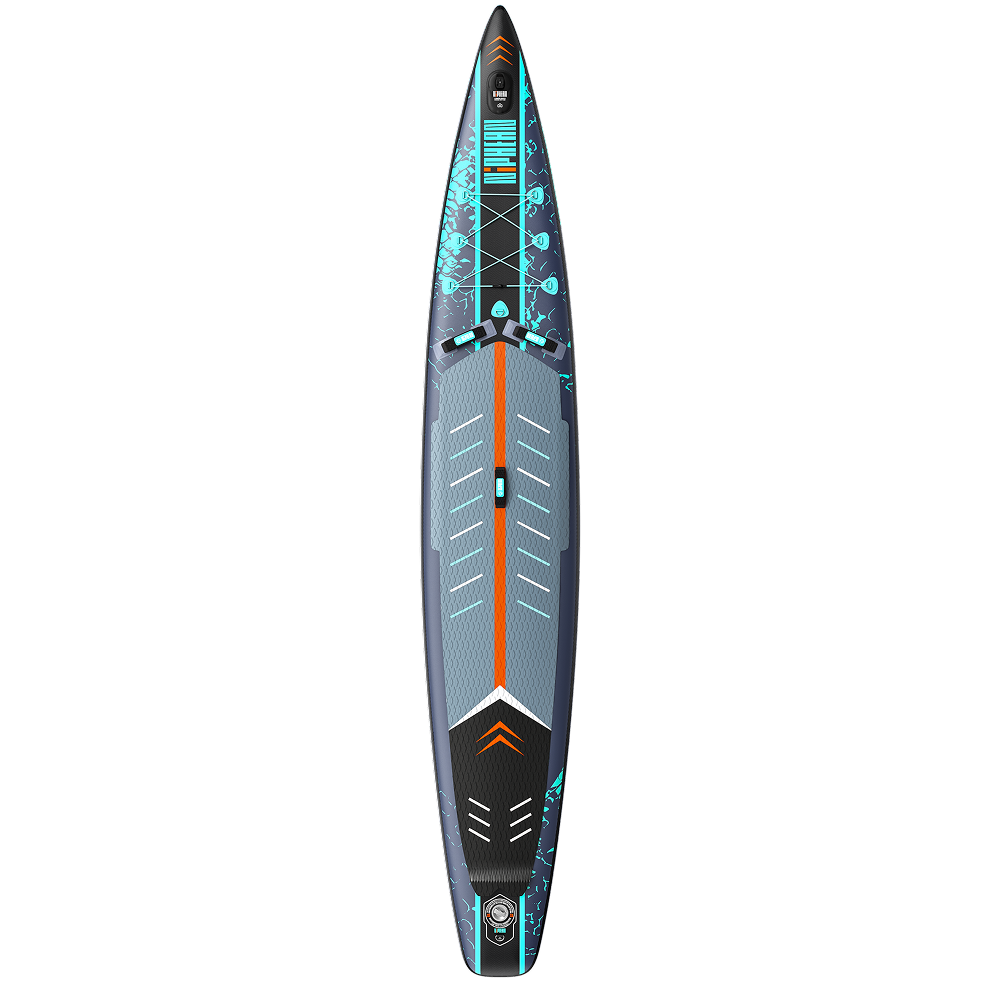

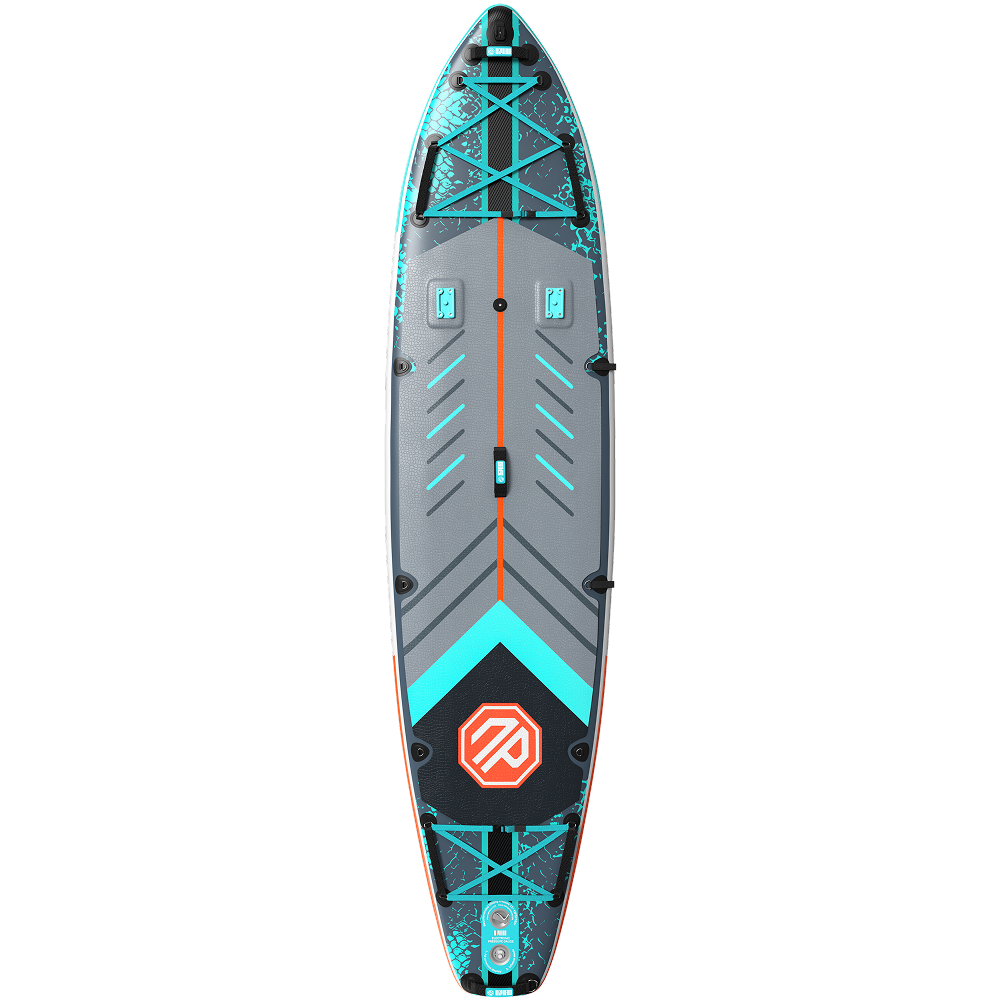
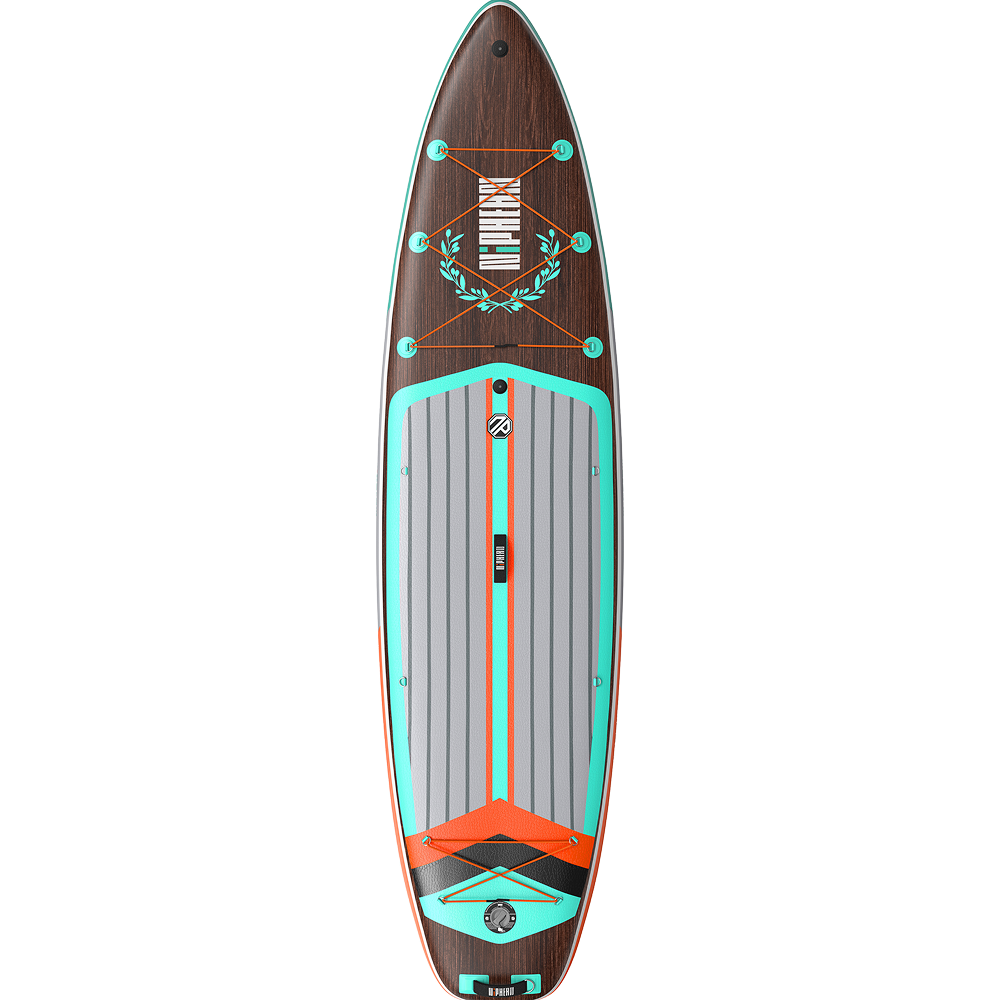
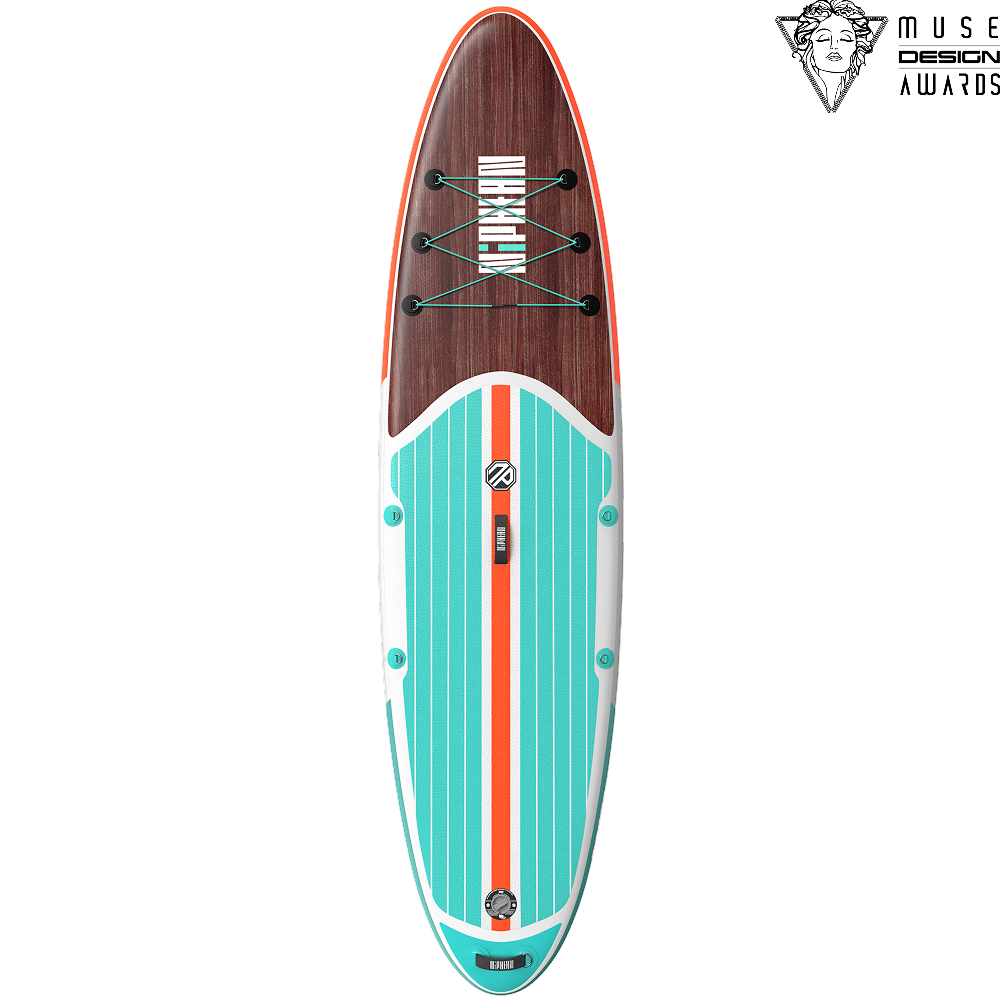
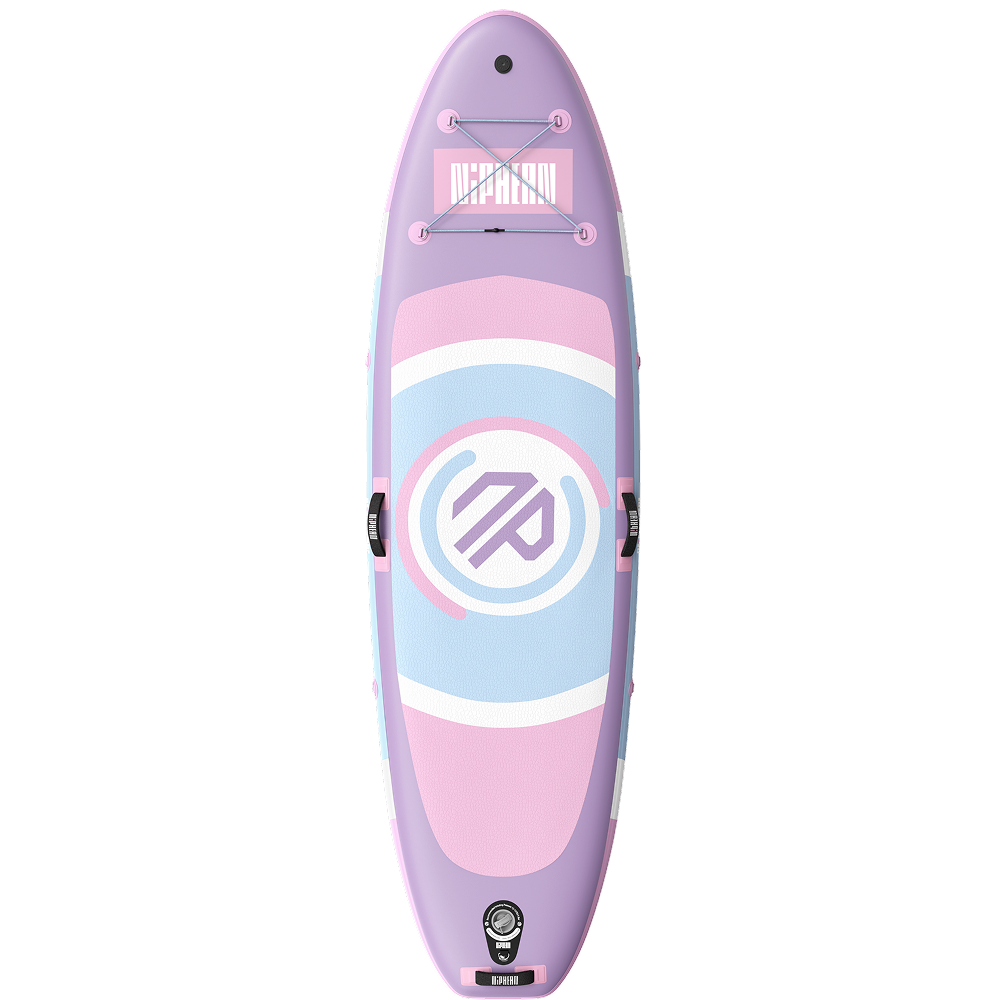





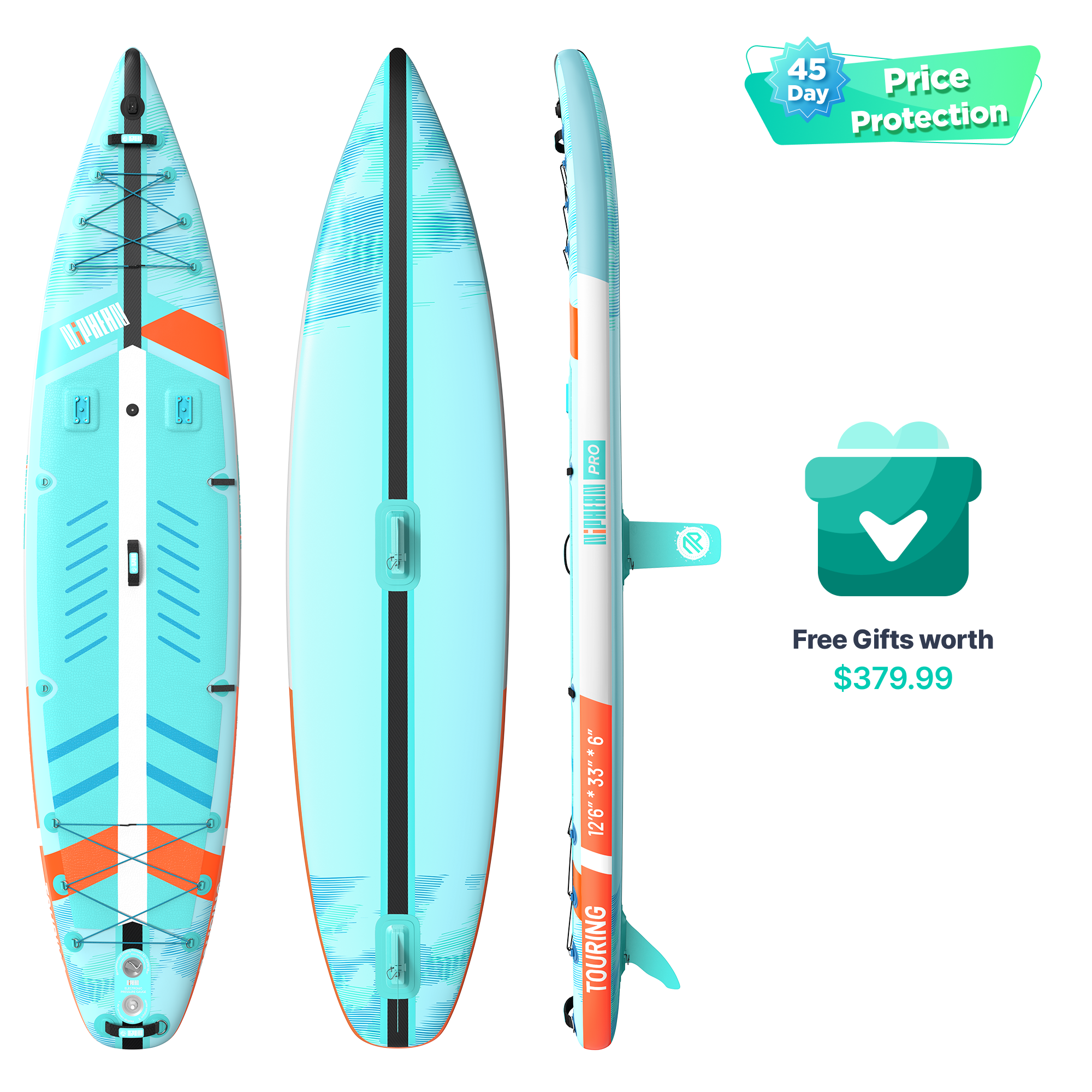
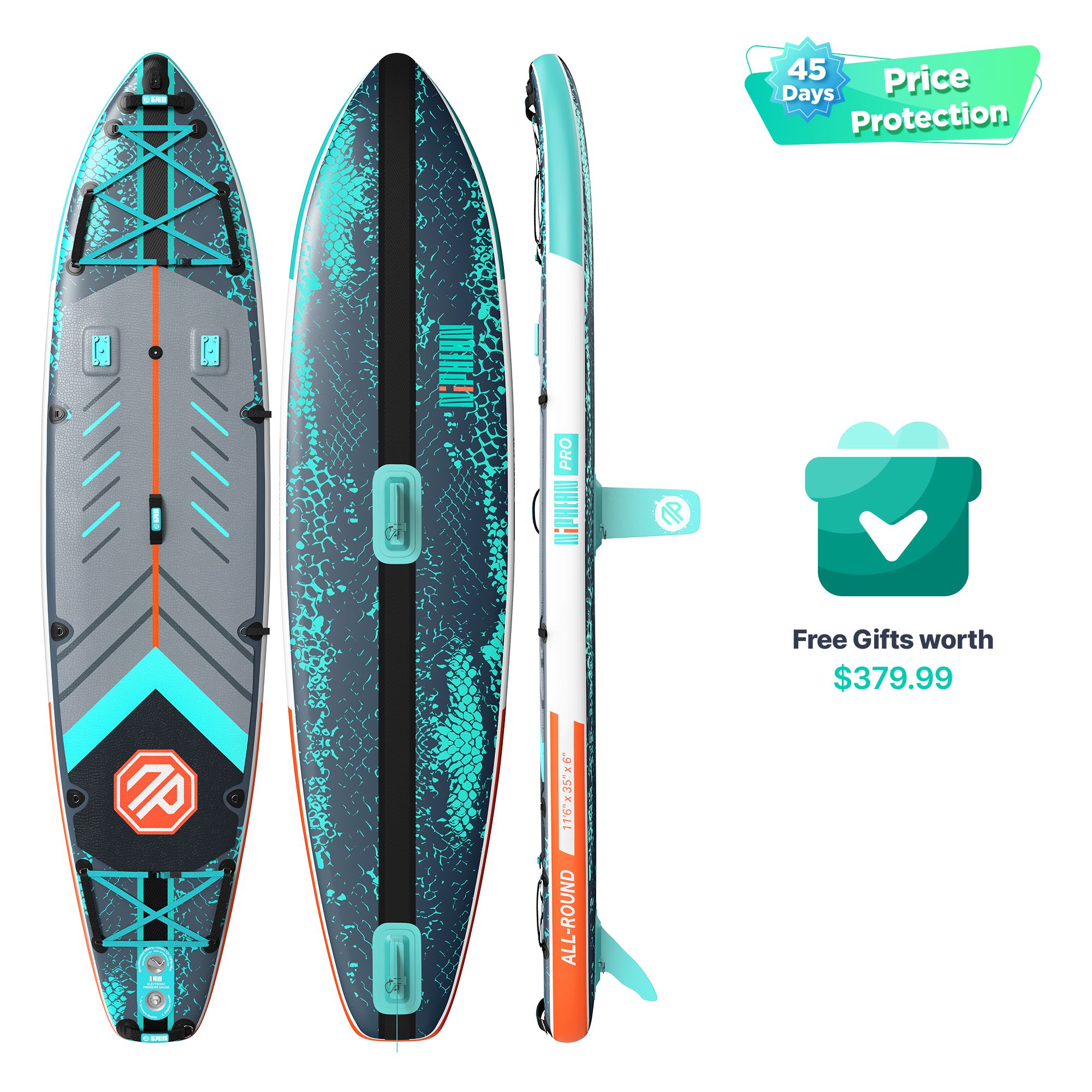

 Youtube
Youtube Facebook
Facebook Instagram
Instagram TikTok
TikTok